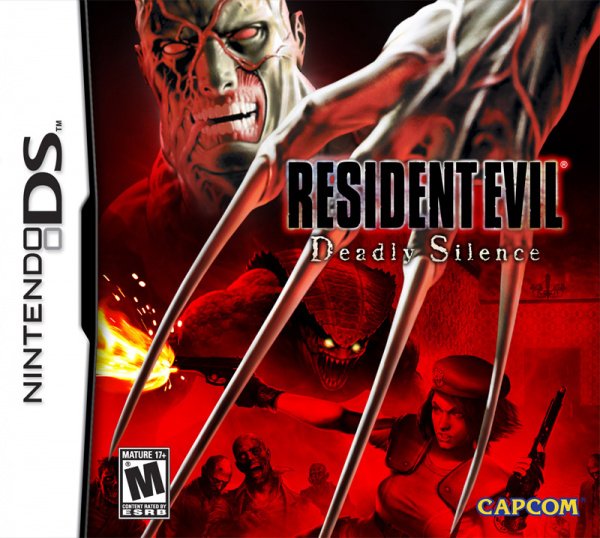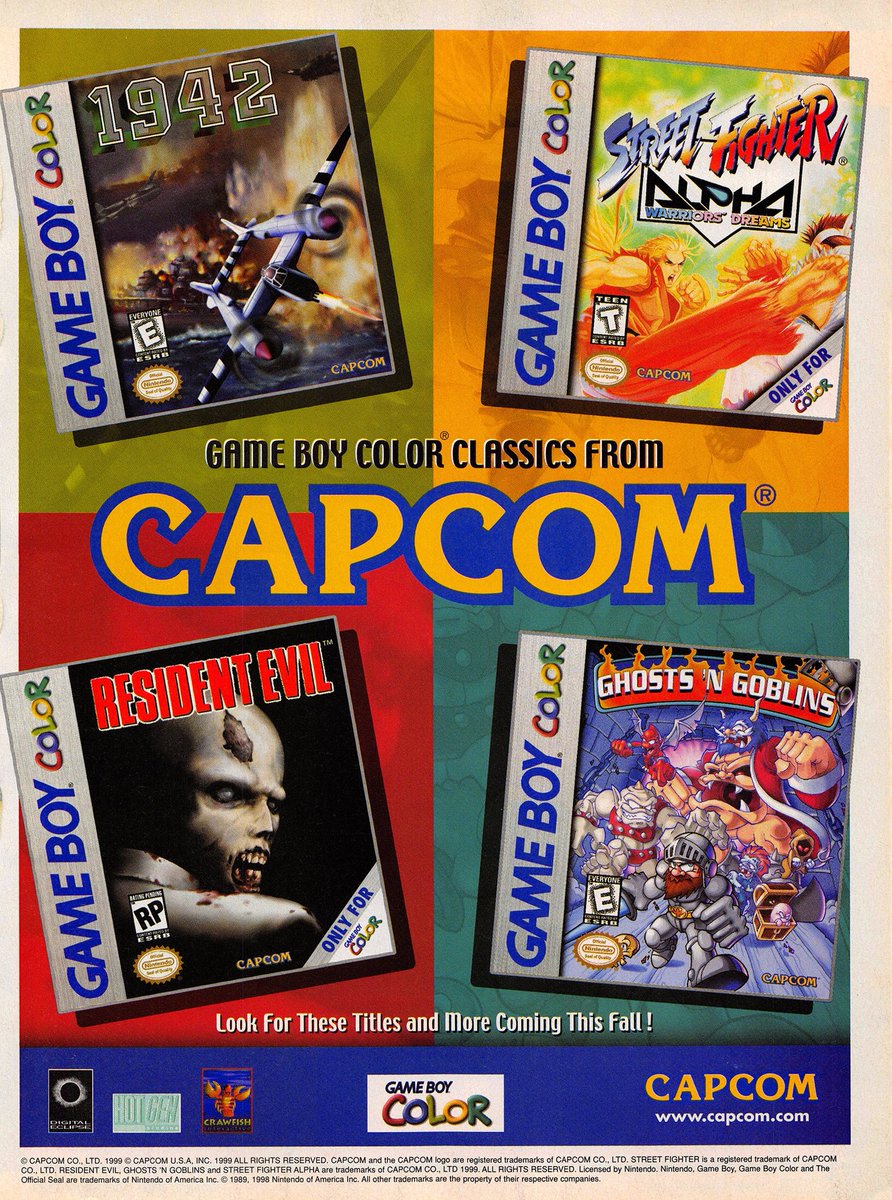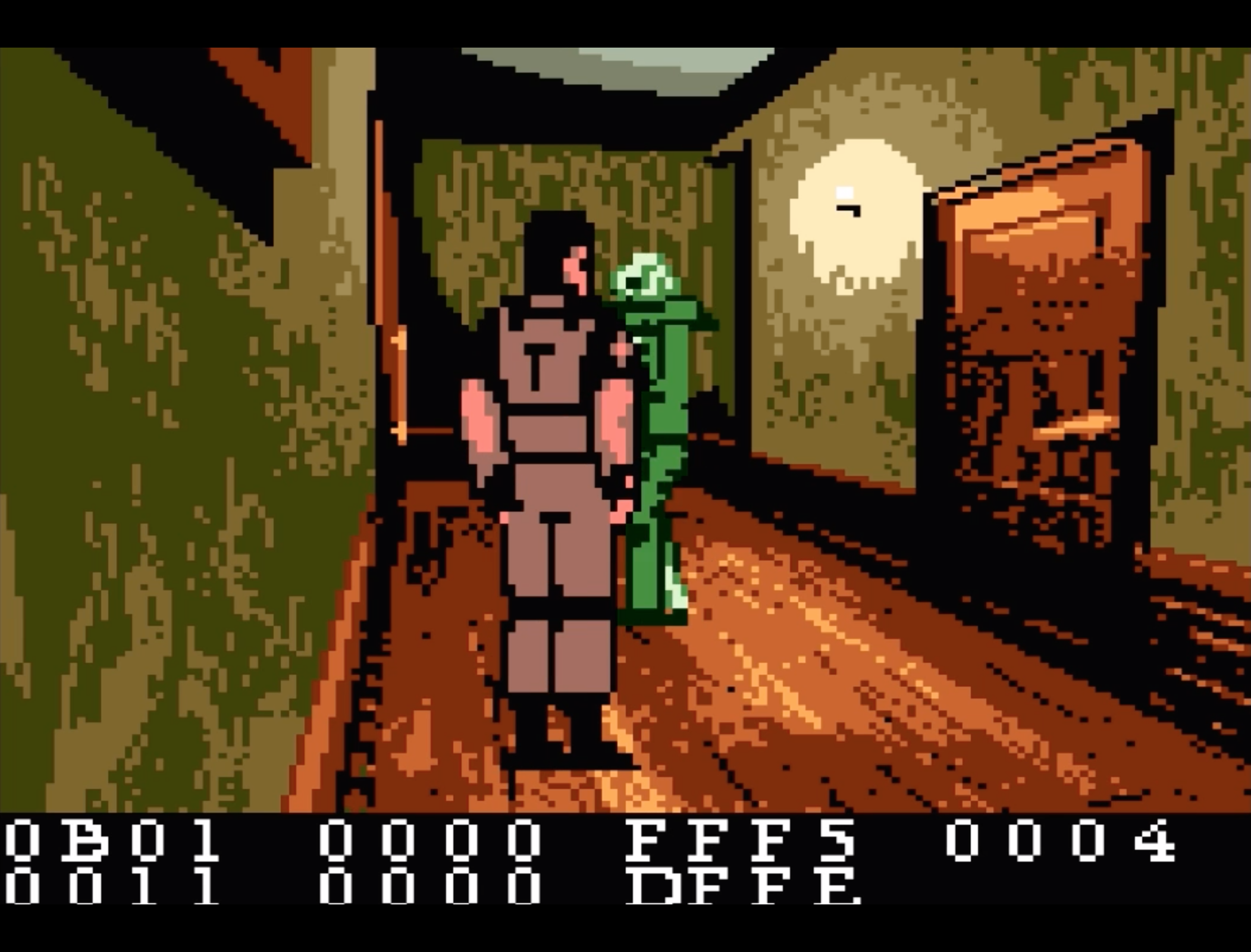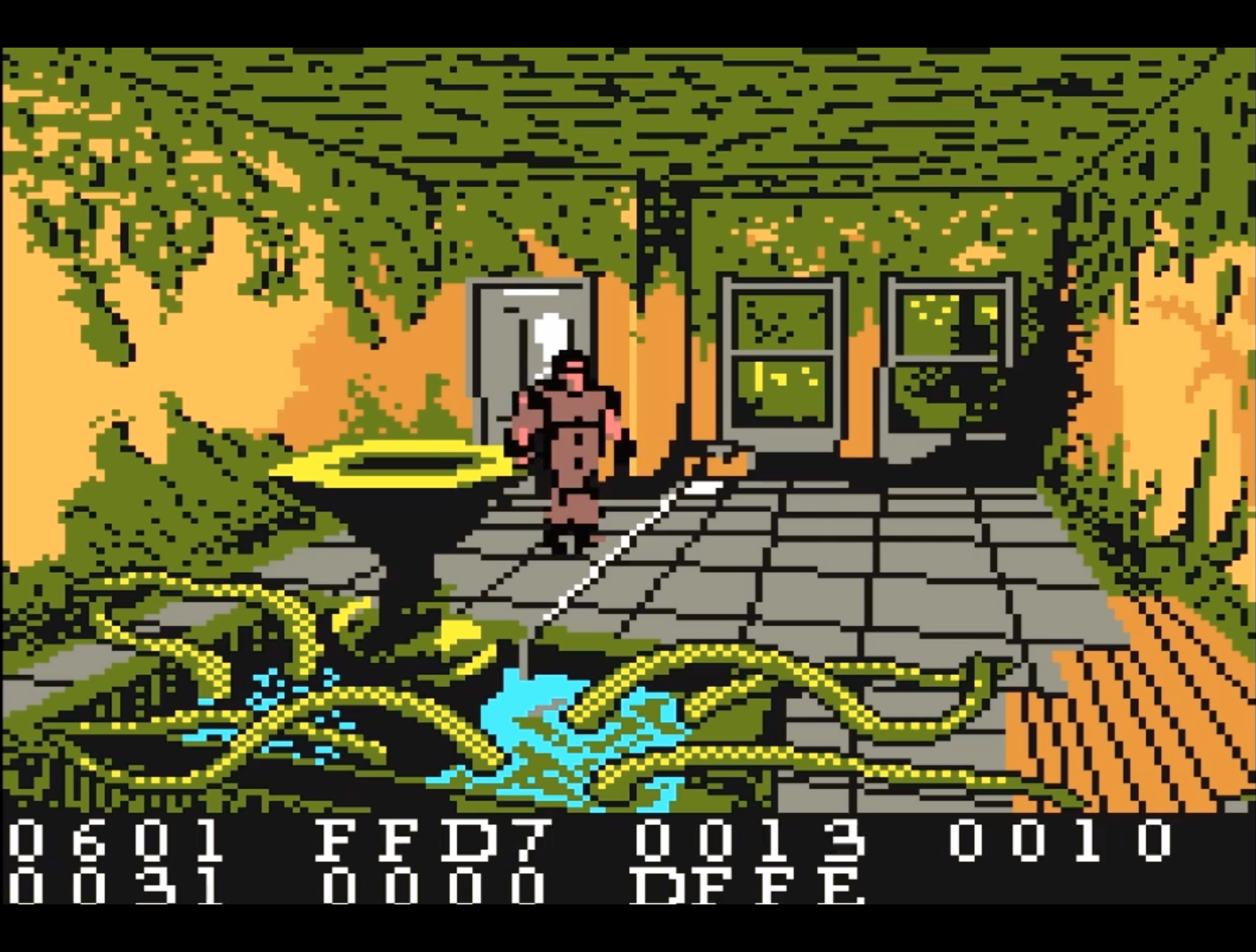Resident Evil: The Weird and Wonderful (Nearly) Lost Game Boy Color Port

Resident Evil is a titan of horror. First released in 1996, it would forever change the genre now known as survival horror with the mastery of atmosphere and tension on constant full display.
From a manor setting with fixed camera angles that always keeps you wondering about what is lurking around each corner to lighting effects that help bring the entire game world to life in the eeriest of ways, there is no wonder why this title left a lasting impact. And yes, this is despite the cheesy live-action cutscenes and B-movie grade voice acting in the original release.
And with Resident Evil’s success came re-releases. Tons of them.
First came a Sega Saturn port in 1997 which came with an unlockable battle mode. That same year, a Director’s Cut version on the PS1. Then, the year after that, another release of the Director’s Cut on PS1, but this time with support for the Dualshock analog controller. And from there, there were PC ports, remakes (with REmake being my personal favorite way to experience this game), and even a version on the Nintendo DS!

That DS version is especially interesting. Released as Resident Evil: Deadly Silence, this re-release was notable not just for its “Rebirth Mode”, which increased the overall enemy count and added in new DS-centric puzzles (as-in, touch screen gimmickry). Indeed, this port included a “Classic Mode”. This was a nearly 1:1 port of the original game, running as best as they could get it on the Nintendo DS.
For 2006, it seems rather impressive. Even if the DS launched in 2004 with a full-on port of Super Mario 64, being able to take this classic horror title in its entirety on the go still seems like quite a feat. But it wasn’t the first time something like this was attempted.
Sometime around mid-to-late 1998, work began on a Game Boy Color port of Resident Evil. Announced officially by Capcom in 1999, this version of the game would try to port as much of that original PS1 game as possible to Nintendo’s 8-bit colour handheld. As the GBC was unable to do proper polygons, this would mean extensive use of sprite scaling and other graphical trickery in order to create the illusion of movement in a 3D environment.
Created by United Kingdom-based developer HotGen Studios, this was set to be one of the most ambitious Resident Evil ports and one of the most impressive titles on the Game Boy Color. It was a title that would’ve offered an experience similar to Deadly Silence years before the Nintendo DS was even released.
And then, in 2000, the whole project was shelved.

An official statement would be issued by Capcom on the cancellation, stating that they were “not confident that the product would have made both consumers and Capcom happy.” Indeed, had it come to market, Resident Evil GBC would have been a late-release title for the platform.
Developer M4 would create a Resident Evil game for the GBC for Capcom, with that being 2001’s Resident Evil Gaiden, but it wasn’t nearly as impressive as the 90%-done-when-cancelled port of the PS1 game. Indeed, when launched in December 2001, Gaiden was an overhead adventure game that was much simpler in scope than that original port.
Perhaps this was a result of tempered expectations from Capcom. Though Gaiden was released for the GBC, it was a title for a system that was on its way out. Nintendo’s 32-bit successor to the Game Boy Color, the Game Boy Advance, had been released in March that same year.
Hotgen’s port is impressive, even in its incomplete form. In 2012, two prototype cartridges of their port were found and dumped online following a $2000 fundraising campaign. One is the roughly 90% complete build from near the time of cancellation and features playable versions of both Chris Redfield and Jill Valentine’s campaigns – just like in the original. The earlier version, however, only features Chris’ campaign.

Due to being a prototype, both prototypes feature hex codes always present at the bottom of the screen. This is a debugging feature, and is one of numerous oddities here that would have been removed or changed for the final release.
There are two very noticeable omissions from the later prototype. First off, zombies do not seem to die when killed. They stop attacking, sure, but once “dead” they nearly bend down onto their knees instead of actually dying.
Second off, and more importantly, there didn’t seem to be any fightable bosses. Well, with one exception: Plant 42.
Plant 42 was a noxious-looking giant plant boss that, in the original, would attack you with its many thorny tentacles. In the GBC port, however, it is very much so more docile, not attacking at all. It can be assumed, then, that boss behaviors, zombie deaths, and the removal of certain debugging features would have all been done in the final 10% of development, had Capcom not pulled the plug.

What really makes the GBC port here go above and beyond is the graphics. Sure, the lighting and atmosphere isn’t nearly as good as in the original, but that’s to be expected. This is a system assumed by many to be on par with the NES – a system from 1985 – in terms of power. But instead, the graphics in this Resident Evil port are detailed, with characters easy to make out even when far away from the player’s eye.
It’s a shame this port got cancelled. If it had been pushed back to around Christmas 2001, taking the spot later given to Gaiden. Perhaps it would have given the GBC a second wind of sorts, or even driven GBA sales as those units were all backwards compatible.
That is all speculation, though. In reality we will never know what could have been. What is known for certain is that all of HotGen’s staff would be laid off and the studio would shut its doors in 2003 and, as of 2021, the two prototype versions of Resident Evil on Game Boy Color are easily to find and play around the internet.
Resident Evil GBC is by far from the best way to play this classic title. But it is by far the most ambitious port Resident Evil 1 ever saw – or rather, nearly saw. Though it never saw the light of day, I think that, at the very least, the skills of the talented devs who worked on it should absolutely be commended.
Categorized:Editorials
